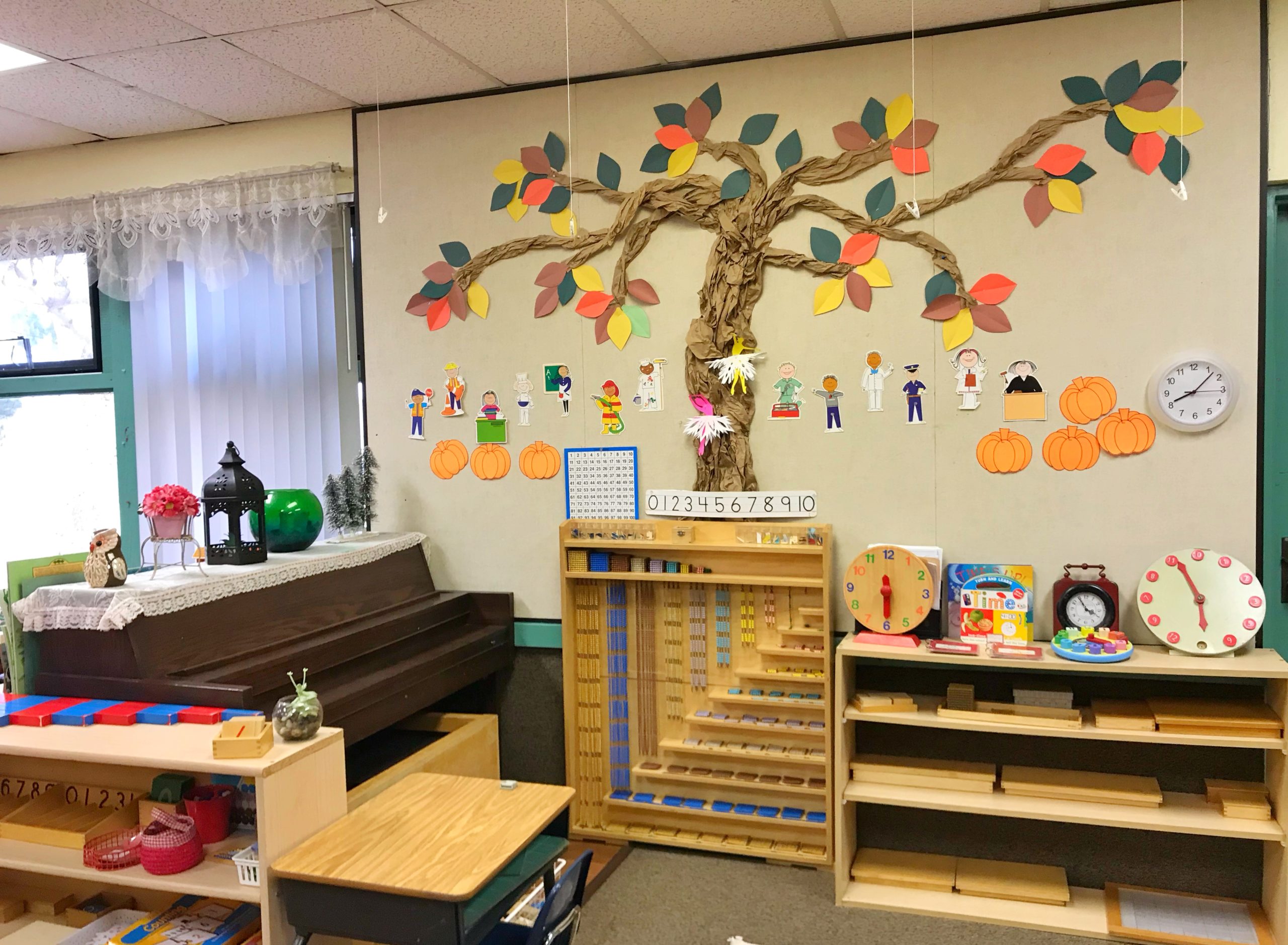
Tantrums are often one of the most challenging situations for parents. This is because, in most cases, parents are unsure of how to react or respond respectfully when a child has an emotional outburst.
Therefore, this time, we will provide you with some tips for handling your child’s tantrum with the help of the Montessori method. Remember that this learning technique is not only useful for children during their education; it also works for parents to adopt a positive and respectful parenting style, achieving harmony in the family. In fact, at Central Montessori Schools (CMS), we have specialized facilities for children’s education in a respectful environment that can be replicated at home.
How to manage a tantrum?
Firstly, you need to understand what lies behind a tantrum. Usually, when tantrums begin, children do not comprehend explanations or scolding, so any words you say will not be taken into account. In fact, psychologists and Montessori method specialists mention that how parents react to a tantrum influences the child’s personality. For example, if the child’s caregivers respond to tantrums with shouts or aggression, even if the child does not react at that moment, their subconscious will store the moment, and in the next tantrum, they will be more challenging against authority.
Therefore, it is recommended that parents react calmly, avoiding violent attitudes such as isolation, criticism, sermons, or hitting, which are already prohibited. In this case, as challenging as it may seem, you can resort to the Montessori method to resolve the situation and face tantrums in the best way. Remember that a tantrum is your child’s response to emotions they still do not know how to control.
For this reason, Maria Montessori, the educator and creator of this educational method, emphasizes that the crucial thing in moments of high frustration, like tantrums, is for the parent to remain calm. This does not mean you have to ignore your child when they are having a tantrum. On the contrary, you need to be calm to convey a sense of peace and allow all their emotions to regulate until they calm down. Therefore, the first thing you can do is give them space to express their frustrations through screams or tantrums.

You can also follow these tips:
Offer a hug:
At the beginning of a tantrum, the child may just scream, cry, or lie on the floor without wanting contact with anyone. However, they should know that you are there for them. Therefore, let them vent, and after a few minutes, offer a hug without touching them. Just ask if they want a hug. If they say no, keep waiting and ask again a few minutes later. If your child says yes, immediately approach and hug them slowly without saying anything. You can stroke their head or just hold them while being together.
Ask what they need and talk to the child:
As mentioned earlier, a child during a tantrum usually does not use understandable words when they are at the peak of the situation. However, you can help them figure out what they want by asking what’s going on. For example, they may be frustrated because they can not eat something they are not allowed to or because they want a toy you have not bought yet. Therefore, questions will help understand the tantrum’s situation and take appropriate action. Even if the problem is something they do not have, you can explain that it is not the right time.
However, keep in mind that the time to dialogue will only be until the child calms down. If you start insisting with questions or forcing them to answer, all you will achieve is that the child blocks and does not want to approach. Montessori method specialists point out that it is essential for the child to self-regulate emotionally, but parents should be involved in the process so that the child knows they are not alone. Therefore, you can start by asking one or two questions after giving them space. Later, when the tantrum’s intensity is lower, you can talk to them about their emotions and needs.
Get down to the child’s level:
One of the techniques that are very popular among Montessori educators is to get down to the child’s level when helping them or explaining an activity. This is done to build trust with the child and prevent them from feeling threatened or inferior. In the case of tantrums, it helps to generate empathy, creating a connection by being in the same place as your child. An example would be sitting next to them while they are having a tantrum. Being next to them, you can apply the previous points to help them calm down.
Analyze their body language:
A child educated under Montessori guidelines will be more transparent with their emotions. However, in case you have not fully applied the Montessori methodology yet, you can analyze their behavior before the tantrum begins. For example, if you notice that your child is bored, you can go out to play, explaining that they will spend a specific time at the park or in the garden. When there are 5 minutes left, let them know that time is running out and it is time to go back home. This way, you will be anticipating a possible tantrum caused by wanting to continue playing.
Finally, do not forget that tantrums also occur out of boredom or fatigue, so it is essential that the child has constant stimuli to avoid tantrums in these situations. Also, consider that tantrums often appear for the first time between the ages of one and three, so it is important to engage them in age-appropriate activities. At CMS, we offer many activities in both our regular cycle and our summer camps that will undoubtedly help your children stimulate, develop, and control their emotional growth.




